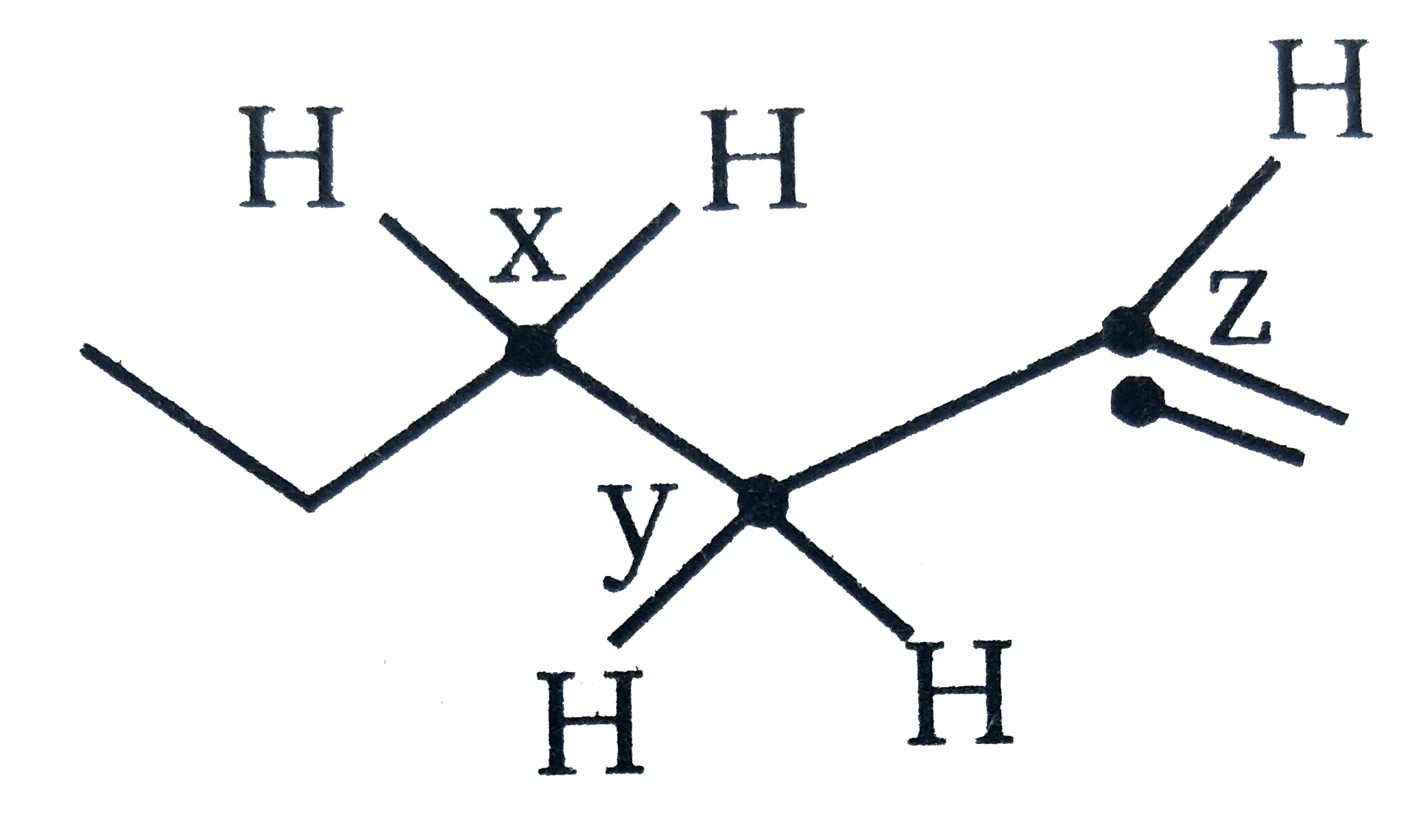Arrange the following :
H—H, D—D, F—F (In decreasing order of bond dissociation enthalpy)
To arrange the bonds H—H, D—D, and F—F in decreasing order of bond dissociation enthalpy, we need to consider the factors that influence bond strength, particularly atomic size and electronegativity.
1. Understanding Bond Dissociation Enthalpy:
- Bond dissociation enthalpy is the energy required to break a bond in a molecule. Higher bond dissociation enthalpy indicates a stronger bond.
2. Comparing the Bonds:
- H—H Bond: The bond between two hydrogen atoms is relatively weak compared to other bonds because hydrogen atoms are small and have less electronegativity.
- D—D Bond: Deuterium (D) is an isotope of hydrogen with one neutron, making it slightly heavier than hydrogen. The bond strength of D—D is slightly greater than H—H due to the increased mass, which leads to a stronger bond.
- F—F Bond: The bond between two fluorine atoms is quite strong due to the high electronegativity of fluorine. However, the small size of the fluorine atoms leads to significant electron-electron repulsion, which weakens the bond compared to what might be expected from its electronegativity.
3. Ranking the Bonds:
- Based on the above analysis:
- F—F has the highest bond dissociation enthalpy due to the strong bond formed by highly electronegative fluorine atoms, despite the repulsion.
- D—D has a higher bond dissociation enthalpy than H—H due to the increased mass of deuterium.
- H—H has the lowest bond dissociation enthalpy.
4. Final Arrangement:
- The bonds in decreasing order of bond dissociation enthalpy are:
- F—F > D—D > H—H
Summary:
- Decreasing Order of Bond Dissociation Enthalpy: F—F > D—D > H—H
- Bond dissociation enthalpy is the energy required to break a bond in a molecule. Higher bond dissociation enthalpy indicates a stronger bond.
- H—H Bond: The bond between two hydrogen atoms is relatively weak compared to other bonds because hydrogen atoms are small and have less electronegativity.
- D—D Bond: Deuterium (D) is an isotope of hydrogen with one neutron, making it slightly heavier than hydrogen. The bond strength of D—D is slightly greater than H—H due to the increased mass, which leads to a stronger bond.
- F—F Bond: The bond between two fluorine atoms is quite strong due to the high electronegativity of fluorine. However, the small size of the fluorine atoms leads to significant electron-electron repulsion, which weakens the bond compared to what might be expected from its electronegativity.
- Based on the above analysis:
- F—F has the highest bond dissociation enthalpy due to the strong bond formed by highly electronegative fluorine atoms, despite the repulsion.
- D—D has a higher bond dissociation enthalpy than H—H due to the increased mass of deuterium.
- H—H has the lowest bond dissociation enthalpy.
- The bonds in decreasing order of bond dissociation enthalpy are:
- F—F > D—D > H—H
- Decreasing Order of Bond Dissociation Enthalpy: F—F > D—D > H—H
Topper's Solved these Questions
- HYDROGENBOOK - CBSE COMPLEMENTARY MATERIALCHAPTER - HYDROGENEXERCISE - 3 Mark Questions
31 Videos
- HYDROGENBOOK - CBSE COMPLEMENTARY MATERIALCHAPTER - HYDROGENEXERCISE - 5 Mark Questions
15 Videos
- HYDROGENBOOK - CBSE COMPLEMENTARY MATERIALCHAPTER - HYDROGENEXERCISE - 1 Mark Questions
24 Videos
- HYDROCARBONSBOOK - CBSE COMPLEMENTARY MATERIALCHAPTER - HYDROCARBONSEXERCISE - UNIT TEST
16 Videos
- ORGANIC CHEMISTRY: SOME BASIC PRINCIPLES AND TECHNIQUESBOOK - CBSE COMPLEMENTARY MATERIALCHAPTER - ORGANIC CHEMISTRY: SOME BASIC PRINCIPLES AND TECHNIQUESEXERCISE - Unit test
16 Videos
Similar Questions
i. Arrange the following in decreasing order of bond dissociation enthalpy
F2,Cl2,Br2,I2
ii. Bi does not form pπ-pπ bonds. Give reason for the observation.
iii.Electron gain enthalpy of oxygen is less negative than sulphur. Justify
View SolutionArrange the following species in the decreasing order of their bond dissociation enthalpies :
O2,O+2andO−2
View Solution
Knowledge Check
The decreasing order of bond dissociation energy among halogens is
AF−F>Cl−Cl>Br>Br>I−IBCl−Cl>Br−Br>I−I>F−FCCl−Cl>Br−Br>I−I>F−FDI−I>F−F>Cl−Cl>Br−BrThe decreasing order of bond dissociation energies of C-C,C-H and H-H bonds is
AH−H>−C−H>−C−C−B−C−C−>−C−H>H−HC−C−H>−C−C−>H−HD−C−C−>H−H>−C−HArrange the following C-H bonds (α,β,γ) in decreasing order of bond energy:
 Aα>β>γBγ>β>αCβ>α>γDγ>α>β
Aα>β>γBγ>β>αCβ>α>γDγ>α>β
Give the decreasing order of bond dissociation enthalpy of halogen acids.
View SolutionArrange the following acids in the correct increasing order of their acidic strength,
HCl, HBr, HI, HF
View SolutionThe decreasing order of blood dissociation energies of C-C, C-H and H-H bonds is:
View Solution
Arrange the (C-H) bonds x,y adn z in decreasing order of their bond dessociation energies in homolysis .
View Solution
Arrange the (C-H) bonds x,y adn z in decreasing order of their bond dessociation energies in homolysis .
View Solution
